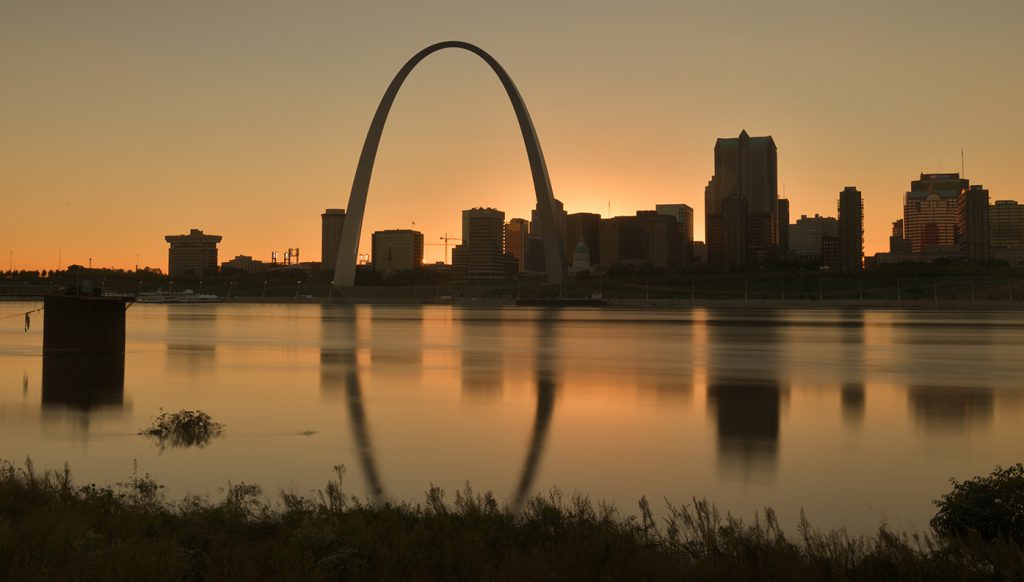
‘Diverging trajectories’: a view of the Global Risks Report 2022
Danny Ralph, Chairman, Risilience, and Academic Director, Cambridge Centre for Risk Studies
Divergence.
Last year’s Global Risks Report (GRR) warnings of fractures in the social, economic and political landscapes have become ‘clear and present dangers’ in GRR 2022 – where cracks become breaks.
The global feeling is one of distrust, which has led to isolationism – a challenge that will make overcoming the report’s identified risks even more problematic. This has been made more acute as the Covid-19 pandemic creates greater separation, driving a growing geo-political wedge as countries focus on this immediate threat.
Environmental risks reaffirmed.
In the WEF’s flagship Global Risks Perception Survey (GRPS) environmental risks were surfaced as the top three concerns facing the world over the next ten years and made up 50 per cent of the entire table, reshaping the ten most severe risks for businesses.
Climate action failure, extreme weather and biodiversity are, perhaps unsurprisingly, seen as the three biggest risks – if everything we see happening around us is to be believed, which it should. However, what we see and what we don’t are at the heart of how we need to think about climate risk; the physical versus transitional.
Do we need to see it to believe it?
From governments to individuals, we are taking the catastrophic consequences of unchecked climate change to heart: Climate science has made visible the future physical environment.
The irony is that this leads to an overfocus on today’s physical environment. In reality, today’s biggest risks for businesses and society are transitional – the massive shift in the economy, to respond to future climate change, is already underway and will accelerate in unpredictable bursts. Changes in policy or in value-driven purchasing by consumers, for example, are happening today.
Planning for divergence.
The good news is that by addressing transition risk, organisations will also be addressing the physical. The bad news is that the global response to this challenge still feels aspirational, more stuttering than coherent. Yet businesses need to respond today to the prospect of change, as standards and regulation emerge unsteadily and, in some cases, fractiously.
The first step for a business is to adopt a framework that lays out the range of climate transition possibilities – not a forecast of “the” path of change, but a variety of paths or transition scenarios. Then translate those scenarios into impacts on the business’s value chain.
The lack of clarity on what and when, regarding global standards for climate change response, pushes the risk stakes skywards in this period of insecurity. That means there is huge value in planning to react to uncertainty as it unfolds, laying out responses to divergent scenarios in the absence of a cohesive global response. Now is the time for businesses to invest in that capability.